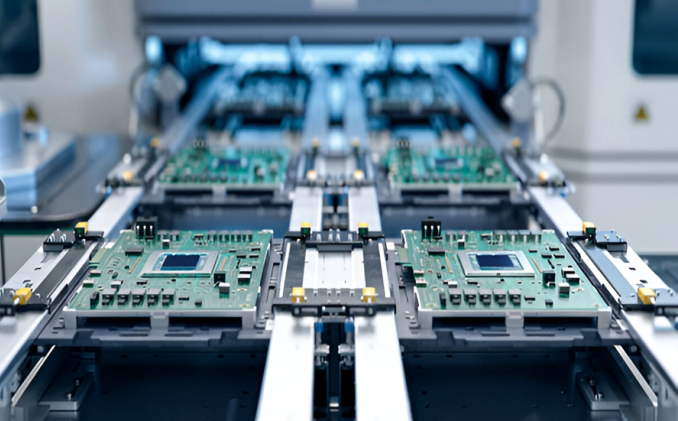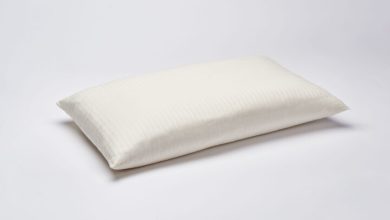In the fast-paced world of electronics manufacturing, advanced technologies like Surface Mount Technology (SMT) have gained significant popularity. However, Through Hole PCB Assembly (THT) continues to hold its ground as a reliable and indispensable method, especially for applications requiring durability and mechanical strength. This blog explores why Through Hole PCB Assembly remains relevant and its critical role in rugged electronic applications.
Understanding Through Hole PCB Assembly
Through Hole PCB Assembly is a traditional technique where electronic components with leads are inserted into pre-drilled holes on a printed circuit board (PCB) and soldered to pads on the opposite side. The soldering can be manual or automated, with wave soldering commonly used for bulk production.
This method provides an exceptionally secure connection, as the leads pass through the board, making THT assemblies highly resistant to physical stress and environmental challenges. While modern SMT processes are preferred for compact and lightweight designs, THT continues to be the go-to option for high-reliability applications.
Why Choose Through Hole PCB Assembly?
Through Hole PCB Assembly is not just a relic of the past—it is a robust solution designed to meet the challenges of demanding environments. Components soldered through the PCB have a much stronger mechanical bond than surface-mounted ones, making them ideal for applications exposed to vibrations, shocks, or extreme temperatures.
Moreover, THT is highly suitable for components like connectors, transformers, and capacitors that require high power handling or structural stability. Unlike SMT components, which are primarily designed for compactness, through-hole components excel in offering robustness and longevity.
Applications of Through Hole PCB Assembly in Rugged Environments
- Aerospace and Defense
In industries where reliability is critical, Through Hole PCB Assembly ensures that electronic systems can withstand harsh conditions such as high altitudes, extreme temperatures, and intense vibrations. From aircraft instrumentation to military communication devices, THT is often the method of choice. - Automotive Electronics
With the increasing complexity of automotive systems, the need for durable electronic components has grown. Through Hole PCBs are widely used in anti-lock braking systems (ABS), engine control units (ECUs), and other critical safety features. - Industrial Equipment
Heavy-duty machinery and industrial automation systems rely on THT for their electronic control units. The method’s ability to handle higher currents and resist physical stress makes it suitable for factory environments where equipment is exposed to dust, heat, and continuous operation. - Medical Devices
Medical devices such as defibrillators, monitoring systems, and imaging equipment often incorporate THT for components that require robust connections. In life-critical applications, reliability is paramount, and Through Hole PCB Assembly delivers unmatched dependability.
Advantages of Through Hole PCB Assembly
- Durability
The strong mechanical bond provided by through-hole soldering makes these assemblies exceptionally durable and long-lasting, even in challenging conditions. - High Power Handling
Through-hole components are better suited for handling high current and voltage levels, making them essential for power-intensive applications. - Prototyping Ease
The larger size of through-hole components allows engineers to easily adjust and test prototypes, which is particularly valuable during the design phase. - Enhanced Reliability
In mission-critical applications where failure is not an option, Through Hole PCB Assembly offers a level of reliability that surpasses other methods.
Challenges and Modern Adaptations
While THT offers undeniable advantages, it does have its limitations. The process is more time-consuming and labor-intensive compared to SMT, leading to higher production costs for large-scale manufacturing. Additionally, the need for drilling holes increases the complexity of PCB design.
To overcome these challenges, manufacturers often combine THT and SMT technologies, leveraging the strengths of both. This hybrid approach allows designers to use SMT for compact components and THT for elements requiring added durability, optimizing performance and cost-effectiveness.
The Future of Through Hole PCB Assembly
Despite the rise of advanced manufacturing techniques, Through Hole PCB Assembly is far from obsolete. Its unparalleled reliability ensures it will remain a cornerstone of rugged electronic applications for years to come. Advances in automation, such as improved wave soldering techniques and integration with robotics, are making THT processes more efficient.
As industries continue to push the boundaries of what electronic systems can endure, Through Hole PCB Assembly will play a vital role in enabling innovation while maintaining the durability and stability required in harsh conditions
Conclusion
Through Hole PCB Assembly stands as a testament to the enduring value of reliability in electronics manufacturing. While newer methods like SMT have reshaped the industry, THT remains indispensable for rugged applications where mechanical strength and long-term durability are essential. From aerospace to automotive, industrial equipment to medical devices, THT continues to support critical technologies that power our world.
As we look toward a future of more demanding environments and higher performance expectations, Through Hole PCB Assembly will remain a trusted solution for creating electronics that are built to last.





